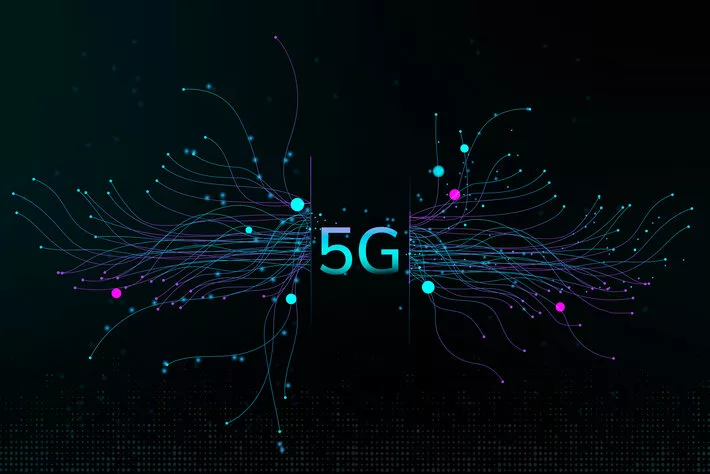WISeKey announced that it is enhancing telecommunications security in the 5G space through its GSMA Root Certificate Issuer (GSMA Root CI) accreditation. The milestone marks a transformative advancement in telecom networks, accommodating billions of new devices and addressing the evolving threat landscape with improved security measures.
The move marks a transformative advancement in telecom networks, accommodating billions of new devices and addressing the evolving threat landscape with improved security measures.
In an era where telecommunications networks form the critical infrastructure for digital transformation, the importance of robust security measures able to provide essential services across numerous sectors cannot be overstated. These networks, fundamental to trusted and secure communication, significantly influence societal operations.
With the advent of quantum computing on the horizon, the telecommunication industry faces the dual challenge of leveraging the benefits of quantum technology for its immense potential while at the same time safeguarding against its potential misuse. Threats from malicious entities could compromise network integrity, putting customer data and devices at risk.
In-depth analysis has been conducted to navigate both business risks and technological decisions, encompassing a wide range of scenarios such as physical and virtual SIM cards, device and firmware updates, authentication, transport security, cloud infrastructure, virtualised network functions, VPN services, IoT applications, lawful intercept, and privacy considerations.
Adopting post-quantum cybersecurity standards is a complex and multi-year journey, necessitating industry-wide collaboration. Initiatives like the GSMA Post Quantum Telco Network task force are pivotal in this transition, underscoring the need for collective efforts to embrace future-ready security protocols.
The emergence of 5G technology brings a transformative leap in telecom networks, introducing billions of new devices and significantly evolving the threat landscape. These networks are crucial for supporting critical applications across business, missions, and society. Consequently, they have become prime targets for threat actors seeking to exploit vulnerabilities.
To counteract these emerging threats, the importance of safeguarding 5G networks has never been more pronounced. The increase in sensitive personal, business, and public service information stored in and shared between these networks due to ongoing digitization has led to expanded security and privacy regulations and a declining risk tolerance amidst a worsening cybersecurity environment. Regulators, recognizing the critical nature of 5G, are emphasizing the importance of data protection.
On the other hand, the complexity of 5G’s threat landscape is heightened by its integration with traditional IT systems, enabling IT threat actors to launch attacks on telecom networks similarly to their attacks on IT infrastructures. Moreover, the introduction of new functionalities like network slicing and the increased use of AI/ML for automation present both opportunities and challenges.
While AI/ML promises enhanced security capabilities, it’s essential to ensure their security and transparency. Additionally, edge computing introduces new security challenges by decentralizing cloud resources.
In the context of WISeKey’s Root of Trust for 5G, adapting these insights provides a greater focus on enhancing cybersecurity measures through trusted technologies. WISeKey’s approach, leveraging secure digital identity ecosystems and advanced cryptographic solutions, aligns with the need to protect 5G networks against the evolving threat landscape.
By ensuring the integrity and security of devices and communications within 5G networks, WISeKey’s Root of Trust serves as a foundational component in the broader strategy to mitigate risks and safeguard critical telecommunications infrastructure in the era of 5G.













